Northern chequered skipper (Carterocephalus silvicola)
Northern Chequered Skipper (Carterocephalus silvicola)
The Northern Chequered Skipper is a small, fast-flying butterfly in the family Hesperiidae, commonly found in parts of northern and central Europe and parts of Asia. It is closely related to the more widespread Chequered Skipper (Carterocephalus palaemon), but has subtle ecological and morphological distinctions.
🟤 Identification
- Wingspan: 22–26 mm
- Coloration:
- Upperside: Dark brown with creamy yellow chequered spots
- Underside (hindwings): Pale brown with distinct yellowish markings forming a characteristic chequerboard pattern
- Males and females are similar in appearance, but females are usually slightly larger
🌿 Habitat
- Prefers damp, sunny woodland clearings, meadows, and bog edges, often in upland or boreal forest zones
- Requires areas with tall grasses and scattered shrubs, often in regions with little human disturbance
🌱 Food Plants
🐛 Caterpillar (larval host plants):
- Feeds primarily on grasses, including:
- Purple moor-grass (Molinia caerulea)
- Tufted hairgrass (Deschampsia cespitosa)
🦋 Adult nectar sources:
- Visits flowers such as:
- Bugle
- Thistles
- Buttercups
- Marsh violet
🧬 Life Cycle
- Flight period: May to July, depending on location and altitude
- One generation per year
- Eggs are laid singly on the underside of host plant leaves
- Larvae create leaf shelters and overwinter in a hibernaculum near the base of the grass
- Pupation occurs in the spring
🌍 Distribution
- Found in northern and central Europe, especially:
- Scandinavia
- The Baltic States
- Parts of the Alps and Carpathians
- Isolated populations in Russia and Siberia
🛡️ Conservation Status
- IUCN Red List: Not globally threatened, but locally rare or declining in some areas due to:
- Habitat loss (especially forest clearance or succession)
- Drainage of wetlands
- Inappropriate woodland management
- Conservation efforts focus on maintaining open glades and wet meadows in forest landscapes.
📌 Interesting Facts
- Despite its name, the Northern Chequered Skipper can be found at mid-latitudes in suitable habitats.
- Its fast, jerky flight makes it challenging to observe closely, but it often perches on low vegetation.
- Unlike many butterflies, this species is more active in cooler, damp climates.
The Northern Chequered Skipper is a charming and elusive butterfly, thriving in undisturbed, wet woodland landscapes. Its presence is often an indicator of healthy, diverse ecosystems in cooler European regions.
Visited 56 times, 1 visit(s) today
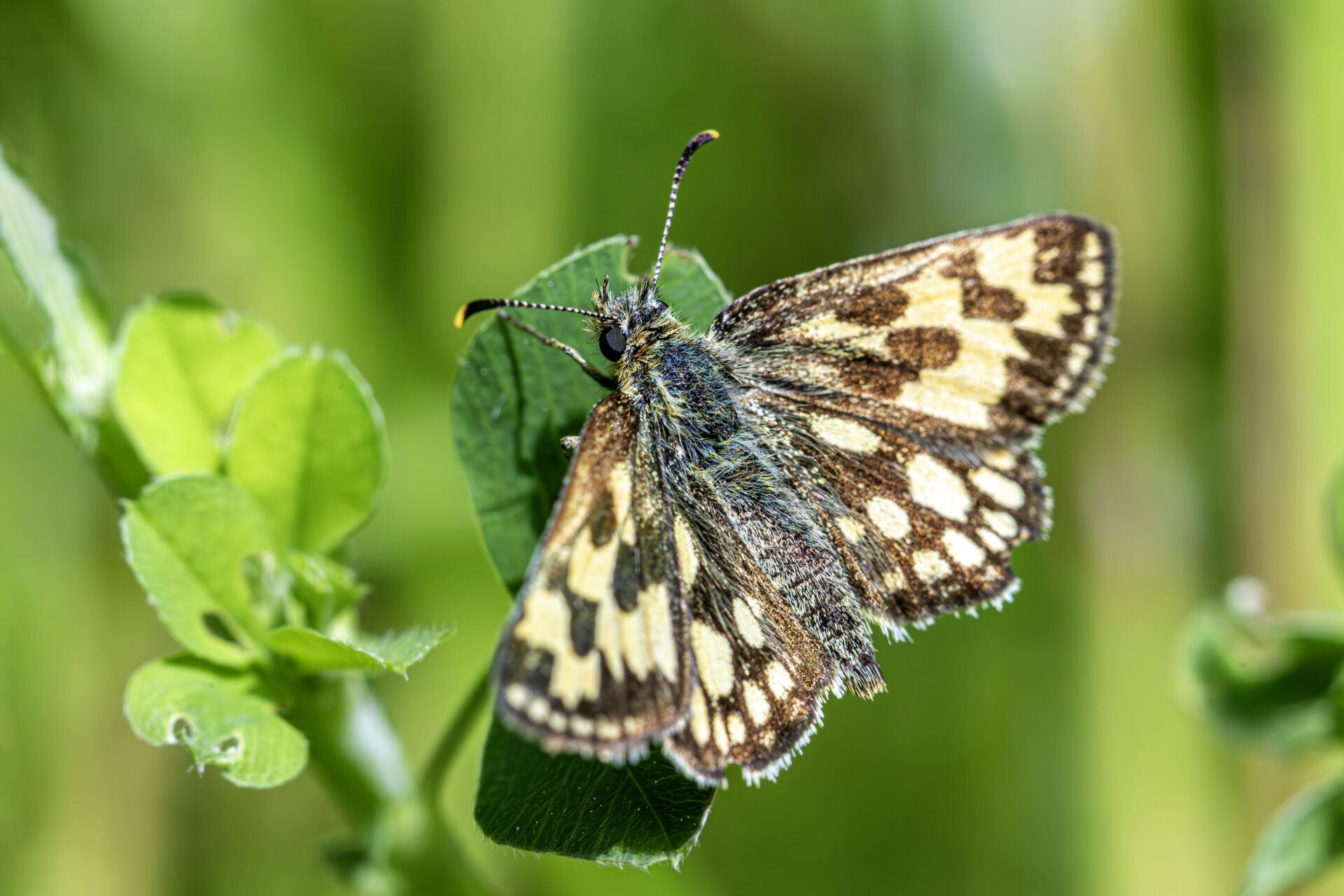
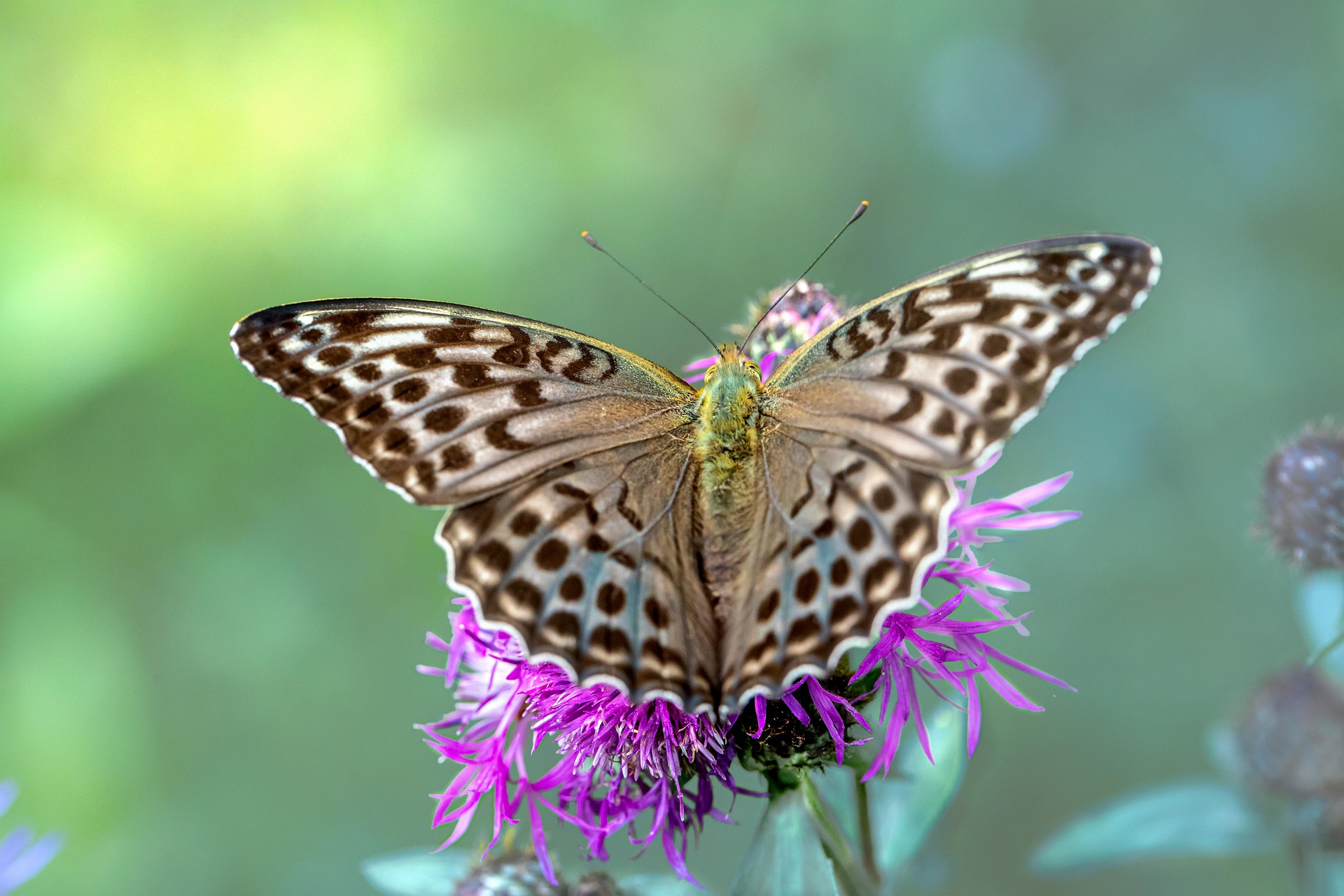

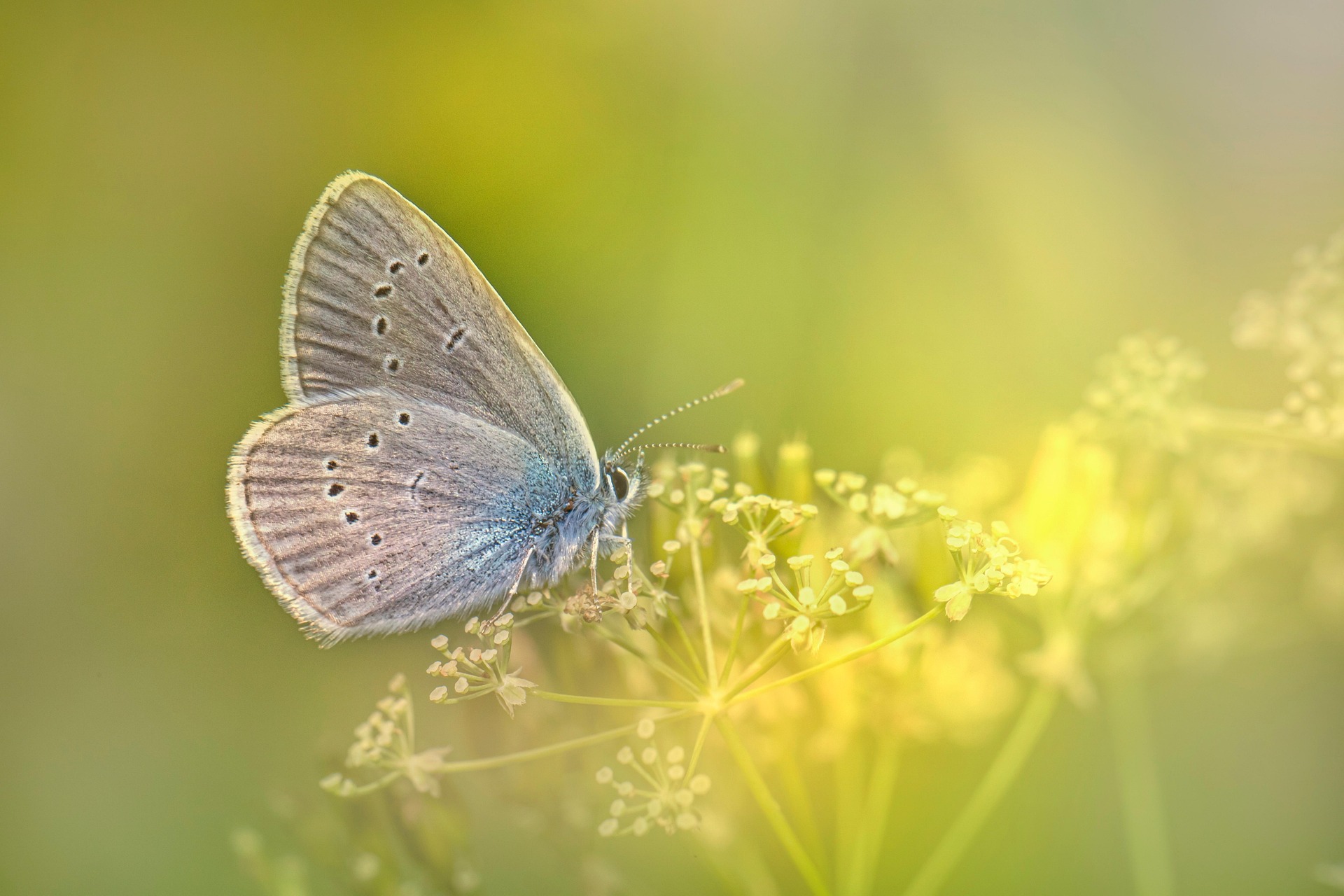
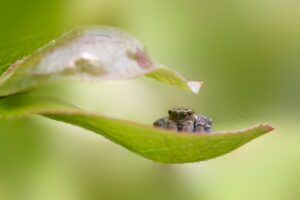
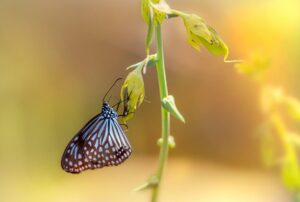
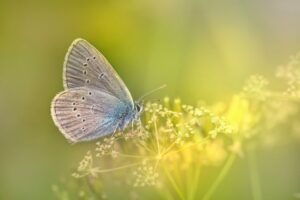
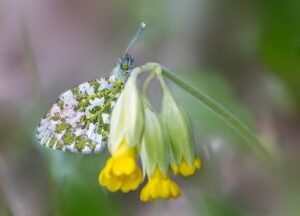
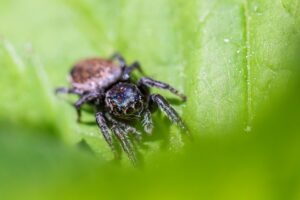
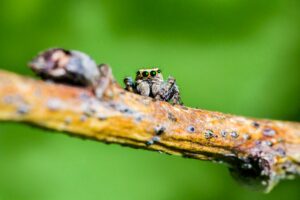
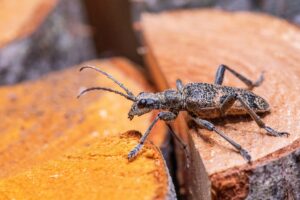
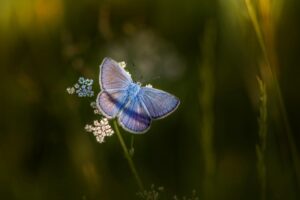
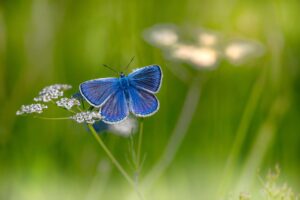
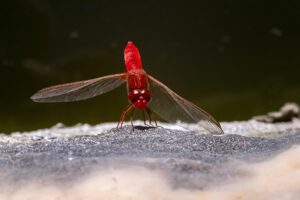
Post Comment